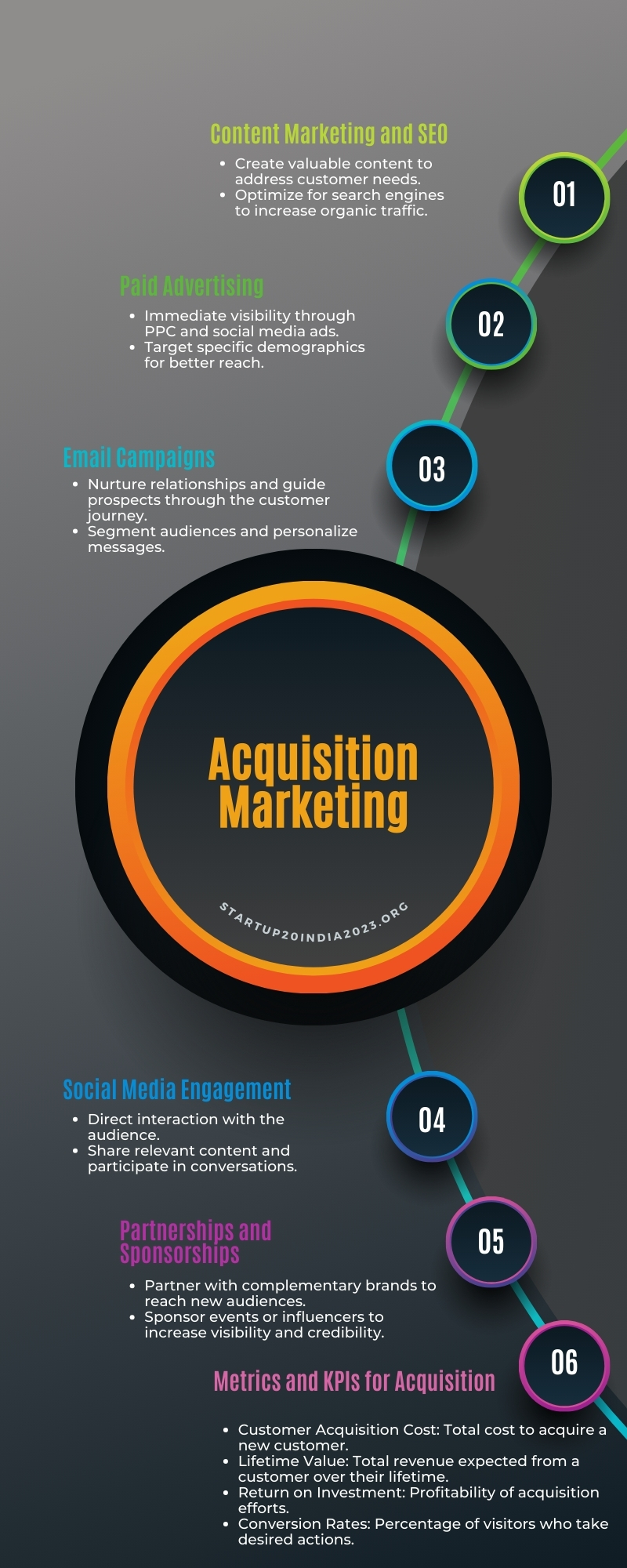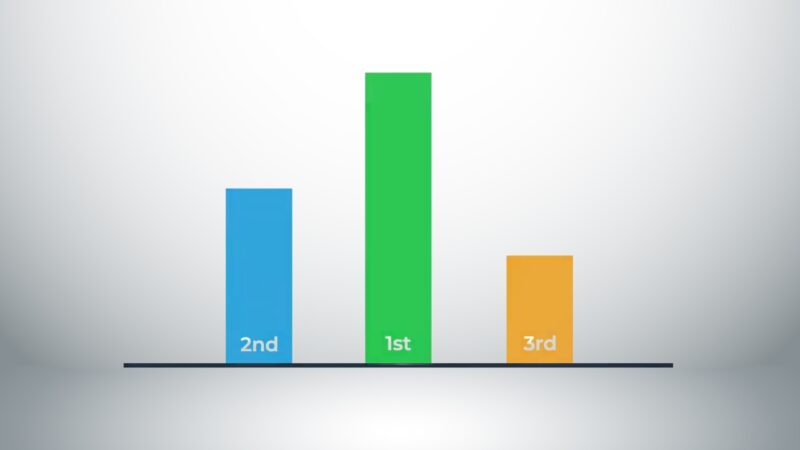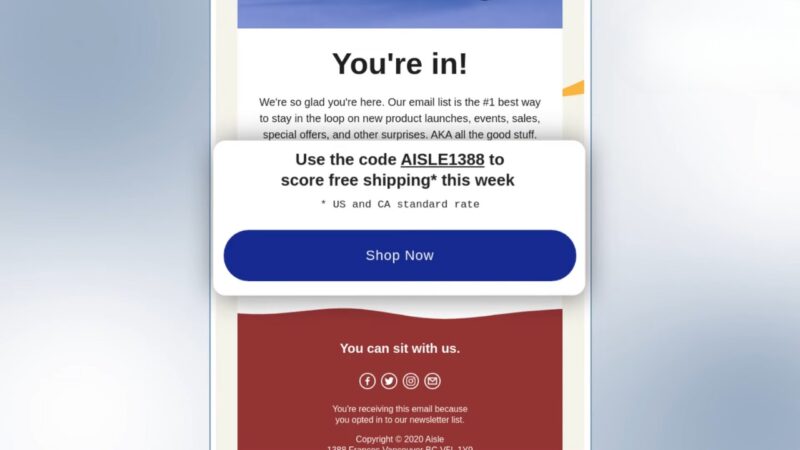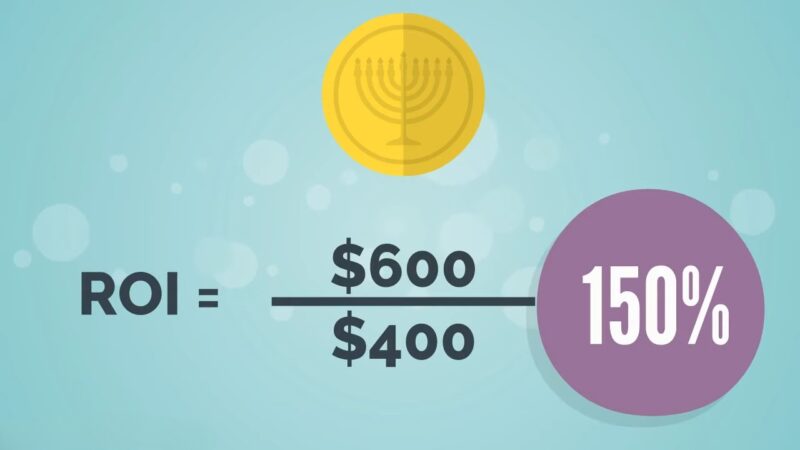Acquisition marketing is all about bringing in new customers and getting potential buyers interested in your products or services.
It’s super important for growing your business because it helps you expand your customer base and boost your revenue.
Think about it: with the right mix of tactics like SEO, content marketing, and social media, you can reach a much wider audience.
In a competitive market, the businesses that nail acquisition marketing really stand out and see major growth.
It’s all about figuring out the best channels to connect with potential customers.
Plus, these strategies are pretty cost-effective, so you can bring in new customers without breaking the bank, which means more profit in the long run.

Table of Contents
ToggleDefinition and Scope

Acquisition marketing is the process of using targeted strategies to attract new consumers to a business. It involves presenting a brand’s products or services to individuals who are unfamiliar with them. According to Glass, it targets consumers in the “interest” or “consideration” phase of the conversion funnel.
This type of marketing encompasses various techniques such as SEO, content marketing, social media advertising, and pay-per-click campaigns. Each method aims to increase engagement and conversion rates. By utilizing these strategies, businesses can expand their reach and drive higher customer acquisition rates.
Importance of Acquisition Marketing
Acquisition marketing directly impacts a company’s growth and revenue generation. By acquiring new customers, businesses can expand their market presence and boost sales figures.
Effective acquisition marketing strategies like targeted advertising and personalized content help attract potential customers who are more likely to convert. These efforts are crucial for achieving long-term growth and financial stability.
Competitive Edge and Market Share

A strong acquisition marketing strategy enables businesses to gain a competitive edge and increase their market share. In competitive industries, maintaining relevance requires continually attracting new customers.
Leveraging tools such as SEO and social media advertising helps businesses outperform competitors. This approach establishes a stronger market position and makes it harder for competitors to encroach on their territory.
Brand Visibility and Awareness
Building brand visibility and awareness is a significant benefit of acquisition marketing. Strategies like content marketing and influencer partnerships play a vital role in making a brand recognizable and memorable.
Higher visibility ensures that potential customers are familiar with the brand, making them more likely to choose it over others. Increased brand awareness leads to higher trust and customer loyalty, fostering long-term relationships.
5 Strategies in Acquisition Marketing
1. Content Marketing and SEO

Content marketing plays a crucial role by creating valuable material that addresses the needs and pains of potential customers. This includes blog posts, white papers, and videos that cover relevant topics.
SEO techniques optimize this content for search engines, increasing organic traffic. Effective content marketing establishes the brand as a trusted authority and helps attract new leads.
2. Paid Advertising
Paid advertising offers immediate visibility and attracts targeted traffic. Common forms include PPC (Pay-Per-Click) ads on Google and social media ads on platforms like Facebook and LinkedIn.
These ads can be finely targeted based on demographics, interests, and behaviors, ensuring messages reach the right audience. Tracking ROI is essential to monitor the effectiveness of these campaigns and make necessary adjustments.
3. Email Campaigns

Email campaigns can nurture relationships and guide prospects through the customer journey. Automation tools can segment audiences and personalize messages based on behavior and preferences.
Effective email campaigns provide valuable information, special offers, and calls to action, which can drive conversions. Regularly reviewing metrics such as open rates and click-through rates helps refine these campaigns.
4. Social Media Engagement
Engaging in social media allows brands to interact directly with their audience. Sharing relevant content, responding to comments, and participating in conversations can build a community around the brand.
Social media also offers insights into customer preferences and opinions, which can inform other marketing strategies.
5. Partnerships and Sponsorships
Strategic partnerships and sponsorships can amplify acquisition efforts. Partnering with complementary brands allows businesses to tap into new audiences and enhances credibility.
Sponsorships of events or influencers can also increase visibility and drive brand awareness.
Metrics and KPIs for Acquisition
Customer Acquisition Cost (CAC)
Customer Acquisition Cost (CAC) calculates the total expense used to acquire a new customer. CAC is determined by dividing the total costs spent on acquisition activities by the number of new customers acquired during a specific period.
For example, if a company spends $10,000 on marketing and acquires 100 new customers, the CAC would be $100. This metric is crucial for budgeting and identifying the effectiveness of different marketing channels. Lowering CAC while maintaining or increasing the quality of customers leads to a more efficient acquisition strategy.
Lifetime Value (LTV)
Lifetime Value (LTV) measures the total revenue a business can expect from a single customer account throughout its relationship with the company. Calculating LTV involves assessing the average purchase value, purchase frequency, and customer lifespan.
For instance, if a customer typically spends $1,000 per year and remains with the company for 5 years, their LTV is $5,000. Understanding LTV helps businesses allocate resources effectively and determine how much they can afford to spend on acquiring new customers. It also emphasizes the importance of retention strategies in alignment with acquisition efforts.
Return on Investment (ROI)

Return on Investment (ROI) evaluates the profitability of the acquisition efforts by comparing the gains to the costs. The formula for ROI is (Revenue – Cost) / Cost * 100%. This metric helps businesses understand the financial returns from their marketing investments.
For example, if a campaign costs $5,000 and generates $20,000 in revenue, the ROI would be 300%. High ROI indicates successful acquisition strategies that deliver more value than the costs incurred. It is a critical metric for decision-making and optimizing future investment strategies.
Conversion Rates
Conversion Rates measure the percentage of visitors or leads who take the desired action, such as making a purchase or signing up for a service. This KPI is calculated by dividing the number of conversions by the total number of visitors or leads and multiplying by 100 to get a percentage.
For example, if a website receives 1,000 visitors and 50 of them make a purchase, the conversion rate is 5%. High conversion rates indicate effective marketing and user experience design. Tracking conversion rates can identify bottlenecks in the customer journey and areas needing improvement to boost overall performance in acquisition efforts.
Integration with Retention Marketing

Integration between acquisition and retention marketing is essential for a balanced and effective strategy. While acquisition marketing focuses on attracting new customers, retention marketing aims to keep them coming back.
Combining the two offers a comprehensive approach to growth.
Retention marketing can enhance acquisition efforts by leveraging satisfied existing customers. Loyal customers can become brand ambassadors, spreading positive word-of-mouth and reducing acquisition costs.
This synergy helps create a more sustainable business model.
Data sharing between acquisition and retention teams is crucial. Customer insights gained from retention efforts can inform targeted acquisition campaigns. By understanding customer preferences, businesses can craft more personalized and impactful marketing messages.
Both acquisition and retention strategies benefit from this integrated approach.
Key Benefits of Integration
- Increased Customer Lifetime Value: Focusing on both acquiring and retaining customers can lead to higher lifetime value.
- Higher Profit Margins: Existing customers often spend more and are cheaper to market to.
- Improved Customer Experience: Consistent and personalized communication across channels.
Using cross-channel strategies, brands can see significant improvements in customer engagement. For example, Braze’s research highlights that cross-channel engagement can lead to increased purchases per user and extended customer lifetimes.
By focusing on both acquisition and retention, businesses create a robust and cohesive marketing framework. This integrated approach not only attracts customers but also keeps them engaged, satisfied, and loyal.
How to Measure Success in Acquisition Marketing

To gauge the effectiveness of acquisition marketing efforts, tracking relevant metrics is essential. Metrics provide insights into customer behaviors, cost-efficiency, and overall campaign performance.
Key Metrics to Track
- Visit Rate: This metric measures the number of visitors to the site from acquisition strategies.
- Lead Rate: Tracks the percentage of visitors who become leads.
- Offer Rate: Measures the percentage of leads who respond to specific offers.
Financial Metrics
| Metric | Description |
|---|---|
| Cost Per Lead (CPL) | The total marketing cost divided by the number of leads acquired. |
| Customer Acquisition Cost (CAC) | The total cost of acquiring a customer, including marketing and sales expenses. |
| Return on Investment (ROI) | The revenue generated from acquisition efforts divided by the cost of those efforts. |
Conversion Metrics
- Conversion Rate: The percentage of leads who become paying customers.
- Customer Lifetime Value (CLV): The projected revenue from a customer over the entire duration of their relationship with the business.
Qualitative Insights
- Customer Feedback: Evaluates satisfaction and highlights potential areas for improvement.
- Market Research: Helps refine strategies to align more closely with customer needs.
Periodic analysis and adjustment based on these metrics and insights ensure that acquisition marketing strategies remain cost-effective and targeted.
Related Posts:
- Why Startups Not Investing in Video Marketing is a Mistake
- Customer Acquisition Funnel - 11 Effective…
- Why Software Engineer Salaries in India Are Rising in 2024
- Why Kahoot Login Process Is Easier Than You Think
- Top 10 Low-cost Marketing Strategies for Startups
- Email Marketing for Startups - Campaigns That Lead…









